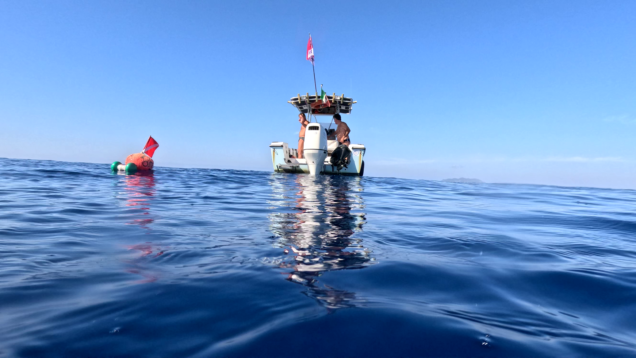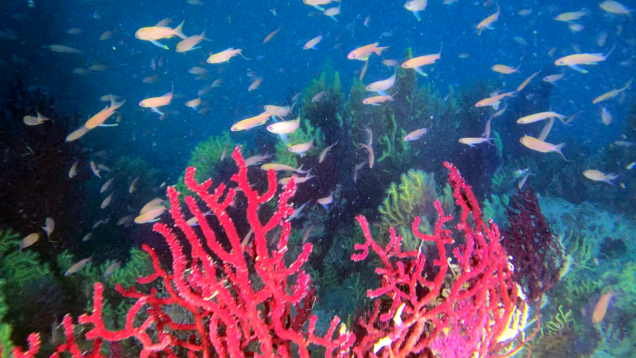Mediterranean coral reef
Savalia savaglia is commonly known as Gold coral. This organism is commonly called "false black coral". It owes its name to its ability to produce a dark-colored horny skeleton, usually blackish. The colonies are generally settled on pre-existing gorgonians skeletons and can grow with ramifications that far exceed one meter in length.







